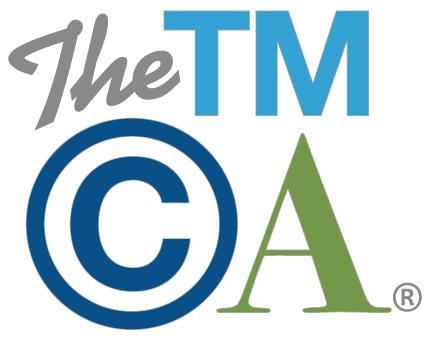
A recent NAD decision addresses the issue of when an advertising claim is “sensory“ in nature and can be supported by consumer perception evidence, and when a claim is a product performance claim, requiring objective testing for substantiation.
See Kimberly-Clark Corp., Report #5866 (July 17, 2015)
http://www.asrcreviews.org/?s=huggies&x=2&y=4. The case involved a challenge by Procter &Gamble to an advertising claim made by Kimberly-Clark for HUGGIES baby wipes, but the principles at stake are generally applicable to a wide variety of product advertising claims.
The advertising campaign that gave rise to the dispute was a claim that HUGGIES wipes “clean better.” When challenged by P&G, KC contended that “clean better” is a “sensory” perception claim that was adequately substantiated by consumer home use testing, in which consumers used two competing products for multiple days and were then asked which product cleans better. P&G argued that the HUGGIES “clean better” claim was a performance claim that must be substantiated by objective performance data about cleaning ability.
NAD concluded that “clean better” is not a sensory claim. Because cleaning efficacy is “objectively verifiable,” it should be substantiated with objective testing that goes beyond asking consumers for their subjective opinion as to which product cleans better, a determination that could be affected by other product attributes unrelated to actual cleaning ability. The decision in this case relied on an NAD precedent involving an advertising claim of “unbeatable protection” for a tampon. While the NAD had initially held that “protection” for a tampon might involve attributes of both consumer perception and performance, the NARB appellate panel (which reviews NAD decisions) held that “unbeatable protection,” in the context of the challenged advertisement, was solely a performance claim that consumers would reasonably expect to be supported by objective data or evidence, rather than a consumer home study. However, the NARB panel noted that a home use study might be able to support a “protection” claim if the advertisement made clear – in the headline or body of the claim, not in an asterisked disclaimer – that the claim being made reflects the opinion of women using the tampons.
The take-away from the HUGGIES decision is that if a company wants to advertise a product feature that is objectively provable, it needs to have objective, verifiable performance data to substantiate the claim. In contrast, if a subjective attribute is being advertised, such as comfort or ease of use, consumer use and perception data would be sufficient. If a product attribute could potentially combine both sensory and objective aspects and a company intends to rely solely on consumer perception testing, that fact must be disclosed clearly and prominently in the advertising claim language.
 A recent NAD decision addresses the issue of when an advertising claim is “sensory“ in nature and can be supported by consumer perception evidence, and when a claim is a product performance claim, requiring objective testing for substantiation. See Kimberly-Clark Corp., Report #5866 (July 17, 2015) http://www.asrcreviews.org/?s=huggies&x=2&y=4. The case involved a challenge by Procter &Gamble to an advertising claim made by Kimberly-Clark for HUGGIES baby wipes, but the principles at stake are generally applicable to a wide variety of product advertising claims.
A recent NAD decision addresses the issue of when an advertising claim is “sensory“ in nature and can be supported by consumer perception evidence, and when a claim is a product performance claim, requiring objective testing for substantiation. See Kimberly-Clark Corp., Report #5866 (July 17, 2015) http://www.asrcreviews.org/?s=huggies&x=2&y=4. The case involved a challenge by Procter &Gamble to an advertising claim made by Kimberly-Clark for HUGGIES baby wipes, but the principles at stake are generally applicable to a wide variety of product advertising claims.








